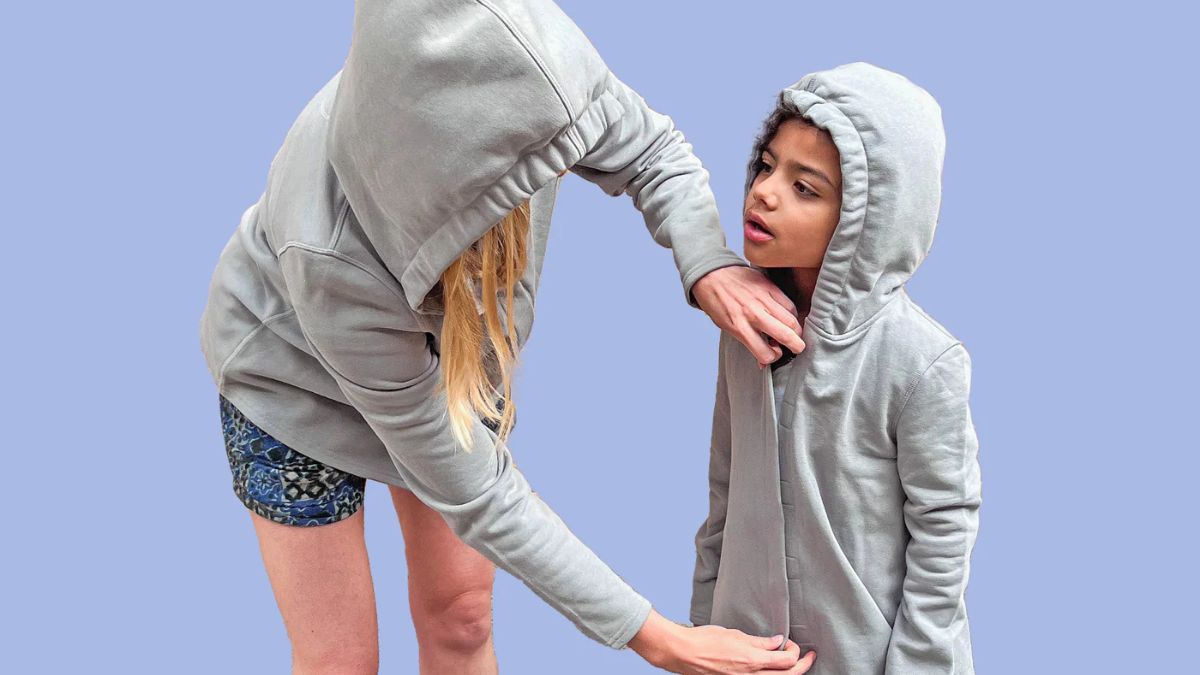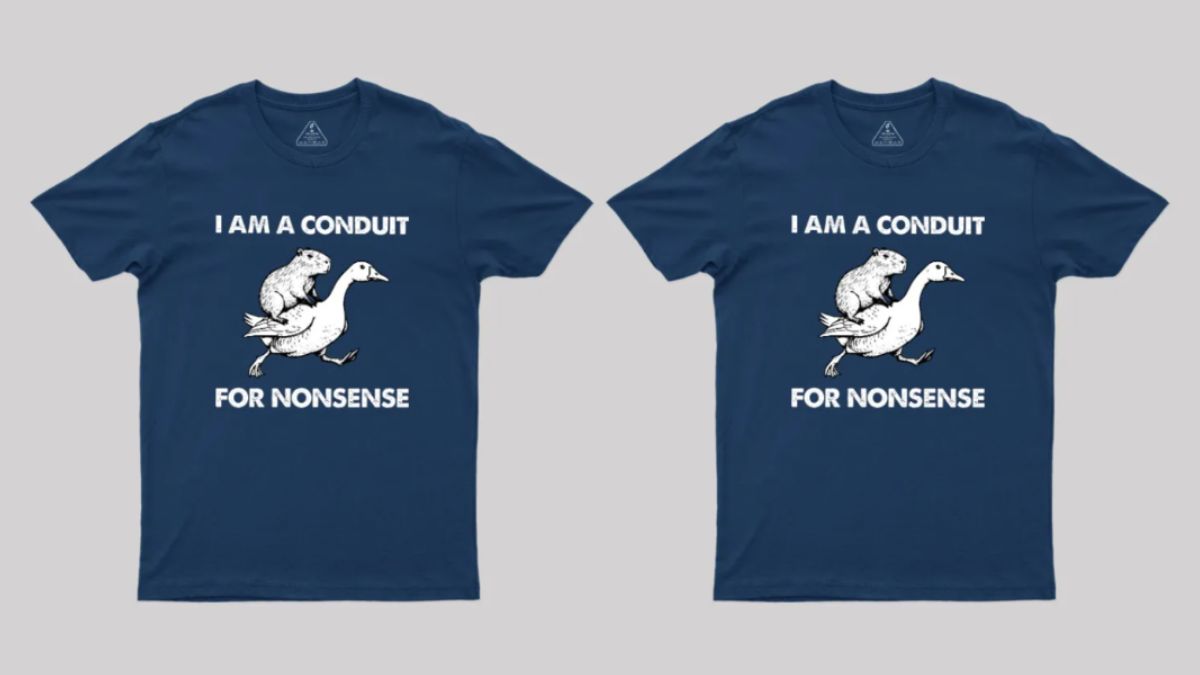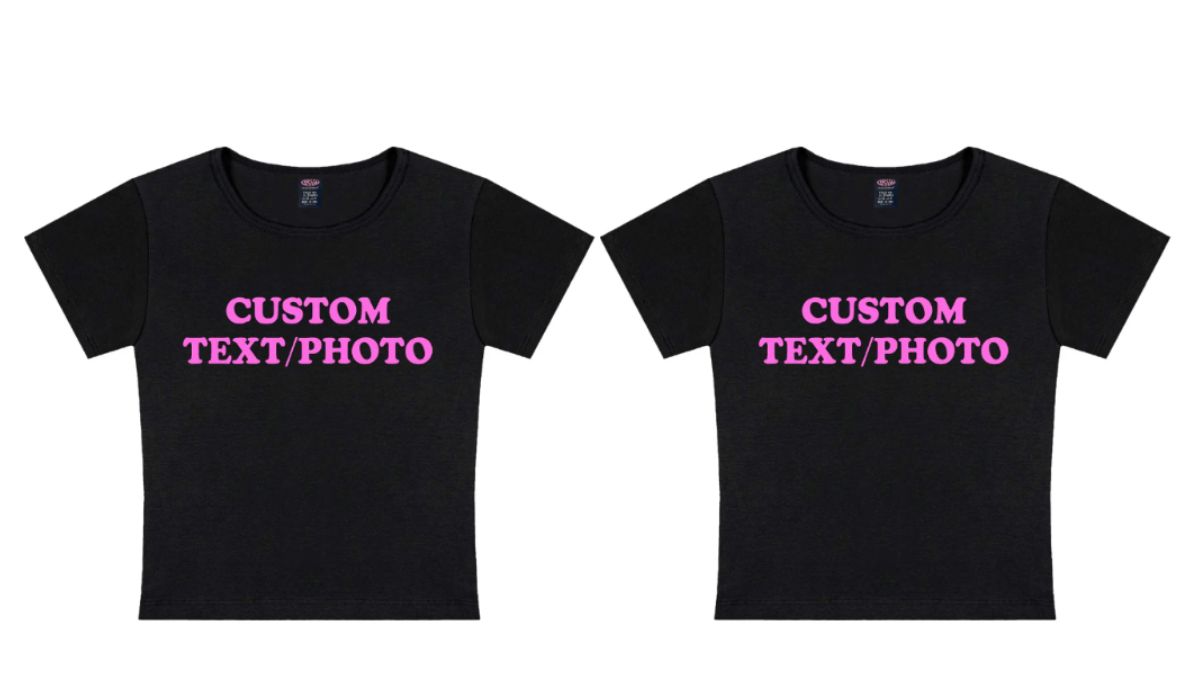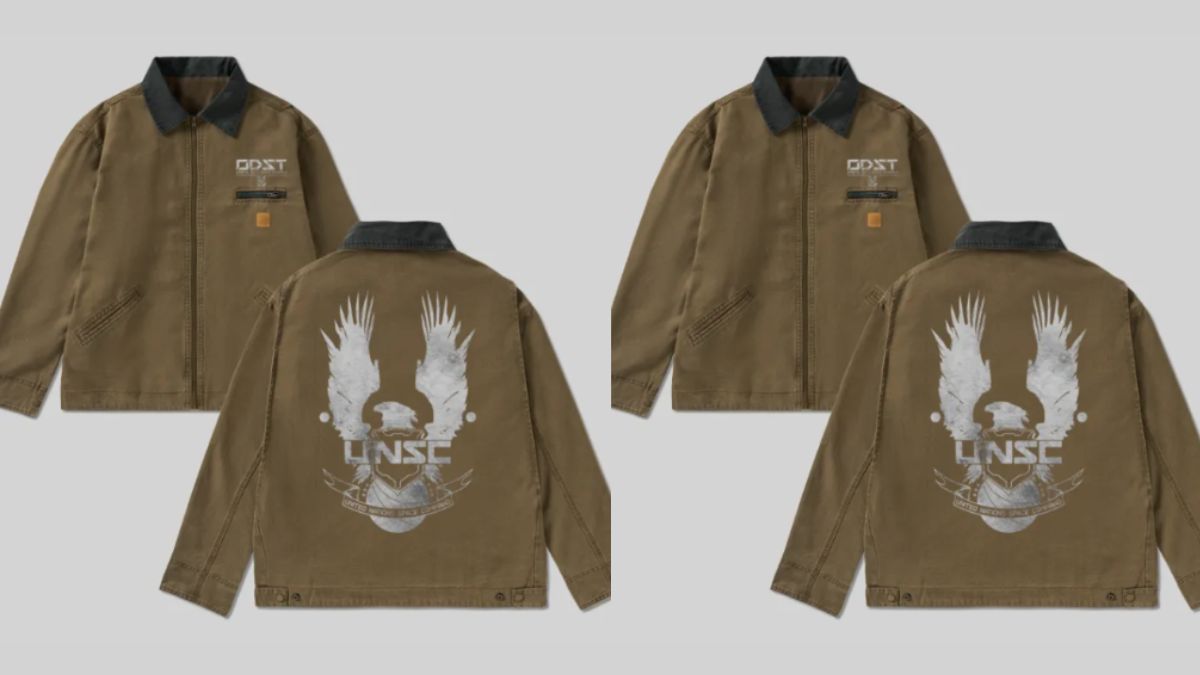FASHION
The Benefits of Sensory-Friendly Clothing for Individuals with Autism

Understanding Sensory-Friendly Clothing
Sensory-friendly clothing is specially designed to cater to individuals with unique sensory needs, particularly those experiencing sensory processing disorders like autism. These garments are meticulously crafted to eliminate common irritants in conventional clothing, providing a sanctuary of comfort. Items such as autism socks are made with smooth, seamless designs, ensuring that even the most sensitive feet are buffered from discomfort.
By incorporating elements like flat seams, tagless labels, and ultra-soft fabrics, sensory-friendly clothing aims to create an almost invisible wearing experience. These design elements recognize that the environment is filled with sensory stimuli, and minimizing these can markedly reduce stress and allow individuals the freedom to engage more fully in daily activities. Research indicates that when the sensory system is less overwhelmed, other areas, such as cognitive and emotional functions, can perform optimally.
Importance for Individuals with Autism
For those on the autism spectrum, tactile sensitivities are not just a small inconvenience; they can be deeply distressing and disruptive. Many individuals with autism process sensory information differently, experiencing hypersensitivity to textures that others might overlook. This sensitivity can lead to significant discomfort and even anxiety, which may interfere with daily activities and social interactions.
Sensory-friendly clothing is more than just a choice—it’s a necessity for enhancing their quality of life. By removing these uncomfortable distractions, individuals can focus their energies on engaging with their surroundings and building communication skills, hence better integrating into their social and educational environments.
How Sensory-Friendly Clothing Works
The mechanism of sensory-friendly clothing lies in its thoughtful design elements meant to cater to the unique needs of its wearers. For example, seams may be flat-stitched or entirely eliminated to prevent skin irritation. Tags, known for their rough and scratchy texture, are often removed or printed directly onto the fabric.
The choice of fabric is also pivotal—materials are often selected for their softness and breathability. These adaptations help prevent discomfort, allowing individuals to remain focused on their environments rather than on any irritation they might feel. This tailored clothing approach can be likened to creating a personalized sanctuary for the senses, minimizing interference, and promoting calm. For a deeper dive into the science behind sensory adaptation, check out this informative article on the science behind sensory processing.
Choosing the Right Materials
Material selection in sensory-friendly clothing is crucial for comfort. Natural fibers such as cotton and bamboo are favored for their hypoallergenic properties and ability to breathe, reducing skin irritation. In order to keep the wearer comfortable and dry throughout the day, some clothing also uses smart fiber technologies that wick away moisture.
By understanding the nature of these materials, caregivers, and individuals can make strategic choices that align with tactile preferences and environmental needs. Learning more about how these materials align with therapy practices can be beneficial; this guide on sensory integration therapy offers comprehensive insights into managing sensory sensitivities effectively through various approaches, including clothing selection.
Impact on Daily Life
Sensory-friendly clothing not only augments physical comfort but also has a profound impact on emotional well-being. Individuals dressed in these garments often report feeling less anxious, more focused, and better able to participate in daily activities. This change comes from the ability to bypass distractions and discomfort that might have previously impeded them.
For children in educational settings, wearing comfortable clothing can enhance focus, participation, and learning outcomes. Adults, too, may find their social interactions become smoother and less fraught with anxiety when they aren’t preoccupied with clothing-induced irritation. These improvements in daily functioning underscore the value of considering one’s sensory needs in all aspects of life.
Real-Life Examples of Success
Many families and individuals share success stories of transitioning to sensory-friendly clothing. A common narrative is the immediate relief felt by children who had been struggling with distress and discomfort in traditional apparel. Parents often recount remarkable changes in their children’s attitudes toward attending school or social functions once the factor of clothing discomfort was eliminated.
For example, one mother noted her son’s newfound excitement for attending school, previously a source of daily anxiety and meltdowns, after discovering seamless, breathable clothing options. These real-world testimonials illuminate the profound difference that thoughtfully designed clothing can make.
Where to Find Sensory-Friendly Clothing
Finding the right sensory-friendly clothing options doesn’t have to be daunting. Many online platforms and specialized stores offer a range of choices tailored to meet specific sensory needs. These retailers understand that comfort goes beyond fabric and style—it’s about crafting a supportive environment.
When searching for such clothing, reading reviews and reaching out to communities for recommendations can guide caregivers and individuals toward the best choices. While sensory-friendly clothing solutions are increasingly available, ensuring the right match for the wearer’s needs remains a critical component of the selection process.
Conclusion
In summary, sensory-friendly clothing offers remarkable benefits for individuals with autism, enhancing comfort, focus, and overall quality of life. As awareness and availability of these resources grow, so too does the potential for building a more inclusive and understanding world.
FASHION
Pop Culture T-Shirts Inspired by Movies and Games

Introduction to Pop Culture Fashion
Pop culture has a significant influence on modern fashion, shaping trends and inspiring creative designs across clothing. Among the most popular items are t-shirts that celebrate movies, video games, and iconic franchises. Pop culture t-shirts have become more than just casual wear; they are a way for fans to display their passions, connect with like-minded individuals, and express personality through clothing. From classic cult films to trending video games, these shirts offer a visual celebration of favorite stories and characters. geek t shirt and nerd shirts inspired by pop culture allow enthusiasts to showcase their fandom with pride while maintaining comfort and style in everyday wear.
The Appeal of Movie and Game-Themed T-Shirts
Movie and game-themed t-shirts hold a special charm because they tap into nostalgia, fandom, and shared experiences. Fans enjoy wearing shirts that feature memorable quotes, iconic characters, or recognizable logos from their favorite series. A geek t shirt may feature an epic movie scene or a character from a recent blockbuster, instantly connecting the wearer to the narrative. Nerd shirts often take a witty or educational twist, incorporating gaming elements, scientific references, or tech-inspired designs that appeal to intellectual humor. These shirts not only make fashion statements but also serve as conversation starters among fans of similar pop culture interests.
Variety of Designs in Pop Culture T-Shirts
The range of designs available in pop culture t-shirts is extensive, catering to a wide audience. Retro movie prints, fantasy-themed graphics, anime characters, and classic video game references dominate current collections. For gamers, shirts may feature pixel art, console logos, or popular in-game characters, while movie enthusiasts enjoy dynamic scenes, posters, or clever quotes. A geek t shirt can highlight bold cinematic visuals, whereas a nerd shirt might offer subtle humor or intelligent nods to game mechanics and lore. Limited edition releases, fan collaborations, and artist-designed prints add uniqueness, ensuring that every shirt stands out as a personal statement of interest and creativity.
Quality and Comfort for Everyday Wear
While design is crucial, the quality and comfort of pop culture t-shirts determine their lasting appeal. High-quality fabrics, such as soft cotton or durable blends, ensure comfort, breathability, and long-term wearability. Proper stitching and advanced printing techniques help maintain the integrity of intricate graphics, preventing fading or cracking over time. A well-crafted geek t shirt or nerd shirt allows fans to enjoy their favorite designs repeatedly without compromising comfort or style. The combination of quality materials and visually appealing prints ensures that these shirts remain wardrobe staples suitable for casual wear, conventions, gaming sessions, and social outings.
Connecting Fans Through Pop Culture T-Shirts
Pop culture t-shirts do more than look stylish—they help fans connect and form communities. Wearing a nerd shirt featuring a beloved video game or movie character can spark conversations with strangers who share similar interests. Nerd shirts with witty references or scientific humor attract like-minded individuals, fostering connections and camaraderie. Conventions, movie screenings, gaming meetups, and casual social events provide opportunities to showcase these shirts, allowing fans to celebrate their passions together. The ability of t-shirts to serve as both fashion statements and cultural identifiers strengthens the sense of belonging among enthusiasts.
Styling Pop Culture Geek and Nerd Tees
Pop culture t-shirts are versatile and can be styled to fit various fashion preferences. Pairing a graphic geek t shirt with jeans, shorts, or joggers creates a comfortable and casual look. Layering over hoodies, jackets, or long sleeves adds depth and streetwear flair. Accessories like caps, sneakers, or themed bags enhance the overall outfit, highlighting the wearer’s fandom in a stylish manner. Nerd shirts can be dressed up subtly for intellectual humor, combined with casual or smart-casual outfits. Styling options ensure that pop culture t-shirts are adaptable for everyday wear, social events, or fan gatherings, providing both comfort and creative expression.
Collectibility and Limited Edition Options
Many pop culture t-shirts are released as limited editions, making them highly desirable for collectors and fans alike. Limited-run geek t shirts may feature exclusive movie artwork, special game references, or unique artist collaborations. Nerd shirts may include rare designs, clever puns, or educational twists that appeal to collectors who appreciate both intellect and style. Owning these limited items adds value and a sense of uniqueness, transforming t-shirts into cherished collectibles. Collectible tees allow fans to celebrate their favorite franchises while building a curated wardrobe that showcases both fashion sense and personal interests.
Building a Pop Culture T-Shirt Wardrobe
Incorporating pop culture t-shirts into a wardrobe provides endless opportunities for creativity and self-expression. A combination of geek t shirts and nerd shirts ensures a balanced collection that caters to multiple fandoms and styles. Fans can mix and match designs for casual outings, themed events, or social gatherings. Staying updated with new releases ensures that the wardrobe remains fresh and exciting. By choosing high-quality, visually appealing t-shirts, fans create a collection that is both functional and meaningful, reflecting their personality and passions through every outfit.
Conclusion
Pop culture t-shirts inspired by movies and games combine style, comfort, and fandom into a versatile fashion choice. They allow fans to celebrate their favorite franchises, connect with like-minded individuals, and express personality through creative designs. Whether selecting a bold geek t shirt featuring cinematic visuals or a witty nerd shirt with clever references, these t-shirts offer endless ways to showcase interests. With high-quality fabrics, limited edition designs, and diverse styling options, pop culture t-shirts remain a timeless addition to any wardrobe. For fans of all ages, these tees provide the perfect blend of comfort, expression, and cultural celebration.
FASHION
Colorful and Fun Baby Tees for Everyday Wear

Introduction to Y2K Baby Tees
Children’s fashion has evolved to embrace vibrant and playful designs, and Y2K baby tees are at the forefront of this trend. These tees capture the essence of the early 2000s, combining nostalgic graphics with modern comfort, making them perfect for everyday wear. Parents appreciate the mix of fun and practicality, while children enjoy the bright colors and whimsical designs. Y2K shirts are no longer just a style choice—they are versatile, functional, and ideal for creating outfits that encourage self-expression and joy. Shopping for these tees online or in stores offers a wide array of designs to suit every personality.
Why Y2K Shirts Are Perfect for Kids
Y2K shirts are particularly well-suited for young children because they blend style with functionality. Babies and toddlers need clothing that allows freedom of movement, and these tees deliver just that. Made from soft, breathable fabrics, y2k baby tees keep children comfortable throughout the day, whether they are crawling, running, or playing outdoors. The durable materials and careful stitching also ensure that the shirts hold up against repeated washing and daily activity, providing parents with both practicality and peace of mind.
Popular Designs in Y2K Baby Tees
The appeal of Y2K baby tees lies in their wide variety of colorful and fun designs. Common motifs include animated characters, neon patterns, tie-dye effects, retro logos, and playful slogans. These graphics bring a sense of nostalgia for parents while capturing the attention and imagination of children. Abstract patterns, smiley faces, and whimsical icons make each tee unique, allowing kids to express their personalities through their outfits. These tees pair effortlessly with leggings, shorts, or skirts, offering versatile styling options for everyday wear.
How to Style Y2K Shirts for Daily Outfits
Styling Y2K shirts for everyday use is both easy and versatile. For playdates or casual outings, pairing these tees with soft leggings, shorts, or elastic-waist skirts ensures comfort while maintaining a playful aesthetic. Sneakers or sandals complete the look, and accessories like hats, hairbands, or colorful socks can add extra personality. For slightly dressier occasions, layering Y2K baby tees with cardigans or pairing them with tailored pants or skirts creates a polished yet fun outfit. The adaptability of these shirts makes them a valuable wardrobe staple for children.
Comfort and Fabric Quality of Y2K Baby Tees
Comfort is a top priority for parents when selecting clothes for their children, and Y2K baby tees excel in this area. These shirts are typically made from high-quality cotton or cotton blends, which are soft against delicate skin and breathable enough to keep children comfortable during active play. The fabrics are also designed to withstand repeated washing without losing shape or color. With Y2K shirts, parents can trust that their children will remain comfortable and stylish throughout the day, no matter the activity or season.
Benefits of Adding Y2K Shirts to Your Child’s Wardrobe
Incorporating Y2K shirts into a child’s wardrobe offers numerous benefits. Beyond style, they promote creativity and self-expression, allowing kids to showcase their personalities through playful designs. Parents also gain versatile wardrobe staples that can be mixed and matched with different bottoms and accessories for endless outfit combinations. These tees are durable, easy to maintain, and suitable for various occasions, from casual play to family outings. With Y2K baby tees, children can enjoy comfortable and fashionable clothing that grows with their interests and activities.
Where to Shop for the Cutest Y2K Baby Tees
Finding high-quality Y2K baby tees is now easier than ever thanks to the growing popularity of retro-inspired fashion. Many online retailers and children’s boutiques offer a wide selection of y2k shirts in a variety of designs, colors, and sizes. Seasonal collections and limited-edition prints provide unique options for parents who want their children to stand out. When shopping, it is important to check fabric quality, sizing charts, and customer reviews to ensure the best fit and durability. Reputable retailers guarantee that your little ones receive both stylish and comfortable tees for everyday wear.
Incorporating Y2K Shirts into Everyday Wardrobes
Y2K baby tees can become key pieces in a child’s everyday wardrobe. Pairing them with comfortable leggings, shorts, or skirts allows children to engage in all kinds of activities without restriction. The colorful designs encourage creativity and self-expression, making dressing a fun and enjoyable experience. Over time, these tees can serve as signature items that reflect both a child’s personality and a parent’s sense of style. By blending playful designs, comfort, and versatility, Y2K shirts ensure that children look stylish while feeling comfortable every day.
Conclusion
Colorful and fun Y2K baby tees are an essential addition to any child’s wardrobe. With vibrant designs, playful graphics, and soft, breathable fabrics, Y2K shirts provide the perfect combination of style and comfort for everyday wear. Whether for playdates, casual outings, or family gatherings, these versatile tees allow children to express themselves while staying comfortable throughout the day. Shopping for Y2K baby tees online offers a wide variety of designs, making it easy for parents to find the perfect pieces. By incorporating these tees into a child’s wardrobe, parents ensure their little ones enjoy clothing that is fun, functional, and timelessly stylish.
FASHION
GeeksOutfit Statement T-Shirts for Pop Culture Fans

GeeksOutfit introduces a bold collection of geek t shirts and geek jackets designed for pop culture fans who want to make a statement with their wardrobe. These pieces are perfect for anyone who loves movies, TV shows, video games, or comic books and wants to express their passion through fashion. A geek t shirt paired with a geek jacket allows fans to create versatile outfits that are stylish, comfortable, and perfect for casual wear, fan conventions, or social gatherings. With high-quality materials and eye-catching graphic designs, this collection offers a unique way for enthusiasts to showcase their personality and fandom pride.
Bold Designs for Pop Culture Enthusiasts
The standout feature of GeeksOutfit’s statement t-shirts is the creativity and boldness of their designs. Each geek t shirt features striking graphics that capture iconic moments, characters, and themes from popular franchises. From witty pop culture references to dramatic artwork inspired by cult classics, these tees are designed to grab attention. Paired with a geek jacket, the outfit becomes complete, offering a layered look that’s both practical and visually appealing. Whether you’re attending a convention or simply meeting friends, these statement pieces allow fans to showcase their interests confidently.
High-Quality Materials and Comfort
GeeksOutfit prioritizes comfort and durability in every piece. The geek t shirts are made from soft, breathable cotton that is ideal for long days of wear and maintains its shape and color through multiple washes. The geek jackets are constructed from durable materials designed for layering, warmth, and everyday use. This combination ensures that fans don’t have to sacrifice comfort for style. Every outfit is not only visually striking but also feels great to wear, making it suitable for a variety of occasions.
Versatility for Every Occasion
One of the greatest advantages of GeeksOutfit’s statement tees and jackets is their versatility. A geek t shirt can be worn on its own for a casual, laid-back look or layered under a geek jacket for added warmth and style. This makes it easy for fans to adapt their outfit to different environments, whether they’re attending a fan convention, going to a movie marathon, or simply enjoying a gaming session at home. The bold graphics ensure the outfit stands out, while the jacket adds a layer of practicality and flair.
Expressing Personality Through Fashion
Clothing is a form of self-expression, and GeeksOutfit’s statement t-shirts allow fans to showcase their personality and interests effortlessly. Wearing a geek t shirt with a geek jacket communicates your love for pop culture, humor, and fandoms. Whether your passion lies in classic films, comic books, or trending shows, these pieces offer a way to display your identity creatively. They also serve as conversation starters, helping fans connect with others who share similar interests.
Perfect for Gifts and Collectors
GeeksOutfit’s statement t-shirts and jackets also make excellent gifts for friends, family, or fellow fans. A geek t shirt or geek jacket demonstrates thoughtfulness and a recognition of the recipient’s passions. Ideal for birthdays, holidays, or special occasions, these pieces combine style, comfort, and fandom pride. Pairing a t-shirt with a jacket creates a ready-to-wear outfit that is both functional and memorable, making the gift practical and exciting.
Wide Variety of Themes
The collection covers a broad spectrum of pop culture themes. Fans can find geek t shirts inspired by retro and modern video games, iconic movies, television shows, and beloved comic book characters. The geek jackets often feature complementary designs, matching colors, or subtle motifs that enhance the overall aesthetic. This variety ensures that every fan can find apparel that resonates with their personal taste while also creating stylish, coordinated outfits.
Durability and Sustainability
GeeksOutfit emphasizes producing durable and sustainable clothing. The geek t shirts are made from high-quality cotton, ensuring long-lasting wear, while the geek jackets are crafted to endure daily use. Many pieces are eco-friendly, making it possible for fans to enjoy stylish apparel responsibly. These durable materials allow the items to remain wardrobe staples for years, maintaining both their look and comfort over time.
Layering and Styling Options
A geek t shirt paired with a geek jacket provides endless layering and styling possibilities. Fans can mix and match different designs and colors to create outfits that reflect their mood or interests. Whether going for a casual street style, a convention-ready look, or simply relaxing at home, these pieces adapt effortlessly while keeping the wearer comfortable and stylish. The versatility of the collection ensures it suits a wide range of occasions and personal styles.
Conclusion
GeeksOutfit’s statement t-shirts and geek jackets are essential for any pop culture fan looking to combine style, comfort, and self-expression. With bold designs, high-quality materials, and versatile styling options, these pieces allow fans to showcase their passions in practical, fashionable ways. Perfect for casual wear, gifting, conventions, or fan gatherings, a geek t shirt paired with a geek jacket creates a complete outfit that reflects your personality and fandom pride. Explore GeeksOutfit’s collection today and discover how fashion can celebrate the geek and pop culture lifestyle with flair and comfort.
-

 TOPIC1 year ago
TOPIC1 year ago7 Expert Tips For Choosing The Best Basement Renovation Companies
-

 TOPIC6 months ago
TOPIC6 months agoWhy Greece Katz Martian Has Everyone Talking in 2025
-

 BUSINESS7 months ago
BUSINESS7 months agoTop 5 Features of Sowix Online That Every User Should Know About
-

 TOPIC7 months ago
TOPIC7 months agoTop Features of BetterThisWorld .com You Need to Know About
-

 FINANCE10 months ago
FINANCE10 months agoHow TraceLoans Can Simplify Your Finances
-

 TOPIC1 year ago
TOPIC1 year agoWhy Large Waterproof Outdoor Rugs Are Essential for All Outdoor Spaces
-

 BIOGRAPHY10 months ago
BIOGRAPHY10 months agoFrom Reality Star to Business Mogul: Prince Narula Digital PayPal
-

 FASHION1 year ago
FASHION1 year agoHow to Layer Your White Dress for Cold Weather?
